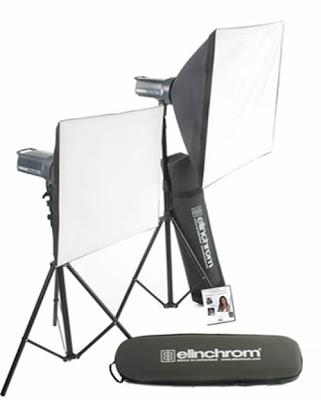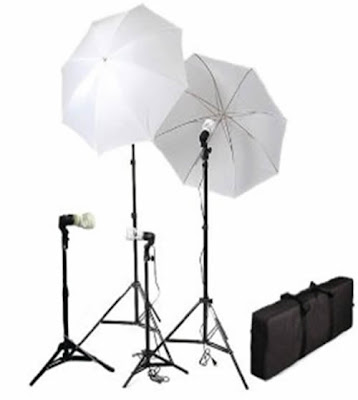Lighting : Photography Lighting Digital
July 4, 2011
A photograph is essentially a record of the light conditions at a certain point in time and space. We recognize the patterns of colours and shapes in a photograph because they resemble what we see in daily life. Light is so common that we take it for granted, but the photographer (and the painter) needs to be attuned to the subtlety of light in order to make effective pictures. What we consider to be 'white' light is actually made up of all the colours of the pectrum. This is easy to demonstrate with a prism – let light shine through it and it will refract into all the colours of the rainbow. In fact, we see rainbows because water droplets are acting as prisms by breaking up the white light from the sun and splitting it into colours.
Objects have different colours because they reflect those colours while absorbing the others. Black absorbs all colour – it is the absence of colour. Even though all light may look alike to us, different light sources emphasize certain parts of the colour spectrum. Bright sunlight from about 10 am to 2 pm, for example, has a bluish tinge. Early morning and late afternoon sunlight is red because it is filtered through the earth's atmosphere.
Artificial light also has distinct colour characteristics. Incandescent light brings out red colours while florescent light is greenish-blue. The photographer can take advantage of these different characteristics when taking shots. Either the camera can be adjusted to compensate for the light source or the special characteristics of the light can be used for artistic effect. Most digital cameras can be adjusted for colour balance. There may be several options – auto, manual, daylight, incandescent and flash. They can be used to compensate for the light source so that white is truly white. This allows the colours to be reproduced accurately.
In some cases you may wish to get a special effect by altering the white setting to a different colour. You can preview how this will look on the LCD monitor. The direction of the light source is a very important consideration in photography. Light can come from above, behind, below or the side of the subject and each produces a different effect. Generally speaking, a diffuse light coming from the sides will be a good starting point when photographing people. This kind of light occurs in the early morning and late afternoon, or can be produced in the studio with an umbrella reflector.
Of course, all kinds of special effects can be produced by lighting your subject in different ways. Backlighting can create a halo effect, while overhead lights can create strong contrasts between light and shadow. Another factor which affects photography is the strength of the light. Direct light creates strong shadows while diffuse light can create a warm atmosphere by reducing the contrast between objects. The beauty of digital photography is that you can experiment to your heart's content without running up film or processing costs. Get ideas for lighting by looking through photography books and trying out various types of lighting to see what works for you.








